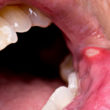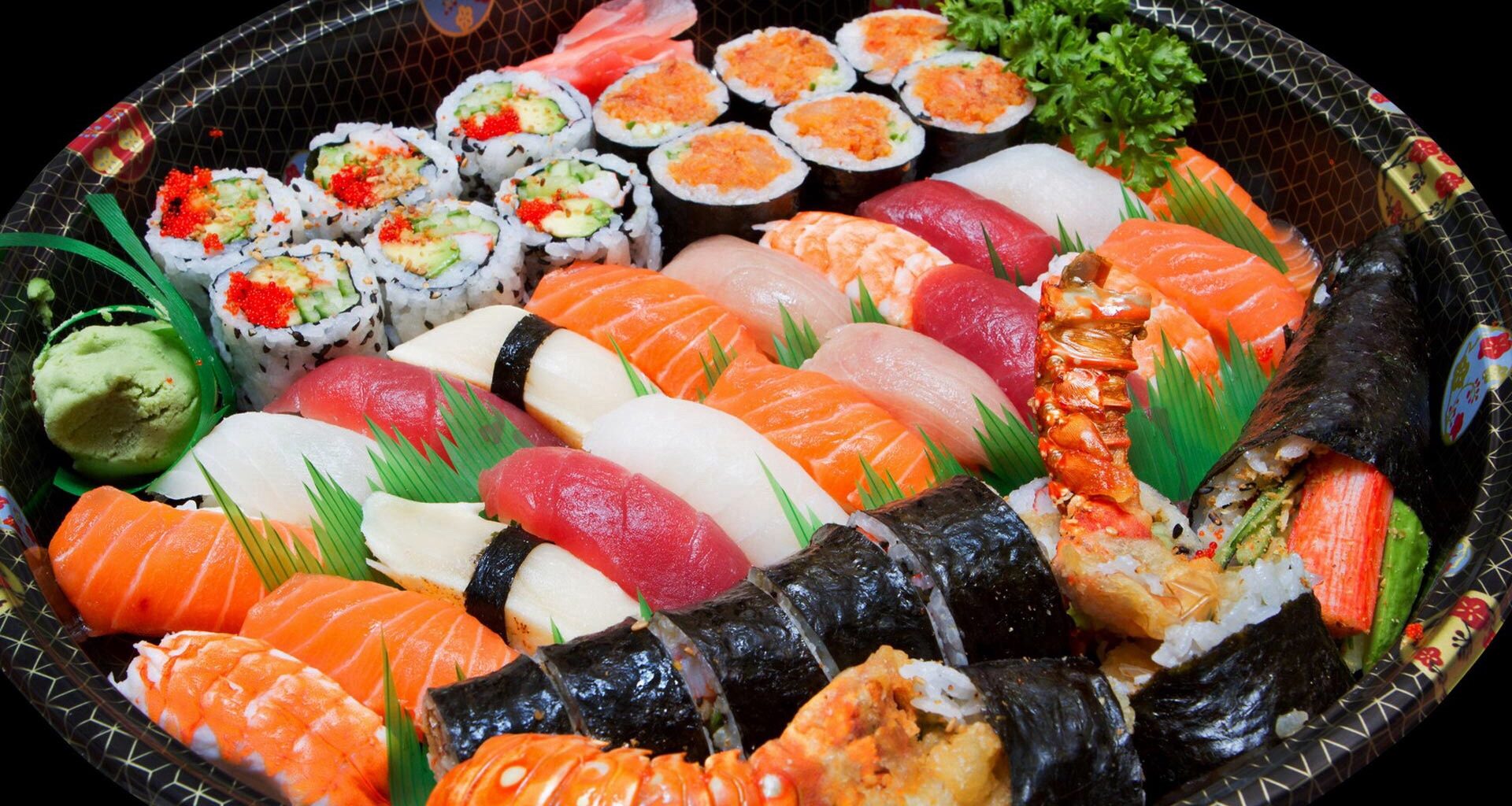Welcome to the wonderful world of Sushi! For centuries the Japanese have eaten sushi and now it has become a food staple in the market. You can find it restaurants, malls, supermarkets, grab and go Bento boxes and even in airports.
Sushi is known to be a very healthy and it is no m=wonder why its popularity sky rocketed in the past few years. More and more health buffs are opting for sushi from their regular processed food and take away habit.
Sushi contain large amounts of omega 3 that is essential to a healthy and balanced diet. Fish, rice, wasabi, chopsticks, what else is there to know? How good can sushi be for you? What are the two types of sushi?

Sushi 101
• Sushi originated from Japan during the 19th century Edo.
• It was considered a fast food option. It was supposed to be eaten with the hands while watching theater, mush like popcorn.
• There are two kinds of sushi rolls nigiri and maki. Maki sushi is made by rolling Nori rice and choice of ingredients to a long cylindrical shaped and cut into smaller rolls, while Nigiri is made by topping vinegar rice with fish or other toppings.
Health Benefits
• Depending on what type of of sushi you are eating, it would have different nutritional values.
• Sushi is low in calorie and high in protein. It is also low in cholesterol and saturated fat.
• It is good for the heart.
• Salmon sushi has high amounts of healthy omega 3 fatty acids.
• Salmon sushi can lower blood pressure and improve cholesterol levels.
• It can remove possible symptom of irregular heartbeat.
• Mackerel, tuna, and herring are also rich in Omega 3
• Nori, the green thin sheet wrapped around sushi is high in minerals.
• Nori can help in stabilizing hormones. It is also rich in antioxidants, calcium and many more.
• Nori can also be a low calorie healthy snack.
Health Risk
• Calorie count – sushi can be low in calories, but adding an extra ingredient or process can double or triple the calorie count. Mayonnaise, fried tempura and cream cheese can greatly increase the calories and fat content. Soy sauce can be low in calories but high in sodium.
• Uncooked fish can be easily exposed to viruses, parasites and bacteria. Always go to a safe and reputable place for your sushi. Uncooked fish can carry ringworms and other bacterias.
• Mercury – fish can easily be exposed to mercury from where they are located. Eating raw fish can cause you to consume mercury too. Large predatory fish have higher amounts of mercury than smaller ones. Women that plan to get pregnant and young children should avoid fishes like marlin, shark and swordfish.
Tips
• Go to Itamae or Highly trained sushi chefs. These chefs are trained to handle and create delicious and healthy risk free sushis. When planning to make sushis at home opt for cooking meat like crab or vegetable.
• Sushi is healthy, but should be eaten as a treat not as an everyday thing. This minimizes mercury exposure.
• Tuna is great, but there are other yummy sushis out there like catfish, shrimp, egg and crab sushi.
• There is a vegetarian option for sushis too! Mushroom and tofu can be use for a healthier alternative to sushi ingredients.












